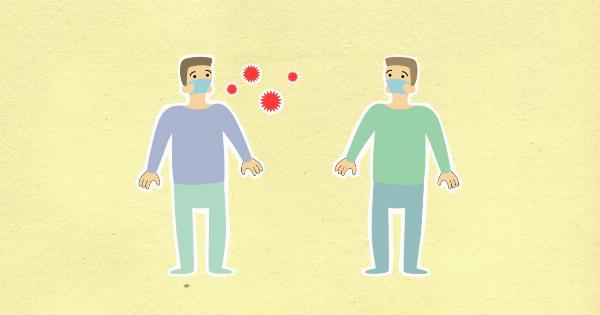The year 1918 marks a significant event in the history of the world. It was the year when a deadly pandemic, commonly known as the Spanish flu, swept across the globe, infecting millions of people and claiming the lives of millions more.
The influenza pandemic of 1918 was one of the most devastating pandemics in history and had far-reaching consequences on the global population.
The Origin of the Virus
The influenza virus that caused the pandemic in 1918 remains a mystery to this day. There are several theories and hypotheses about its origin, but none of them have been confirmed.
The most widely accepted theory is that it originated from a bird influenza virus, which underwent a mutation that enabled it to infect humans. Some researchers believe that the virus originated in China, while others point to areas in Europe or the United States.
The Spread of the Infection
Once the virus had emerged, it quickly spread around the world.
The speed of the spread was attributed to many factors, including the wartime mobilization of troops, the movement of refugee populations, and the lack of a vaccine to prevent the virus from spreading. The virus also had a high rate of contagion, with infected individuals being able to spread the virus to others before showing any symptoms. By the end of 1918, the virus had infected more than a third of the world’s population.
The Impact of the Pandemic
The influenza pandemic of 1918 had a devastating impact on the world. It claimed the lives of millions of people, leaving behind a trail of destruction and despair.
The pandemic was responsible for more deaths than any other event in the 20th century, even World War I. It had a profound impact on the course of history and the development of modern medicine.
Medical Responses
Doctors and scientists around the world worked tirelessly to develop a vaccine to combat the influenza virus, but their efforts were largely unsuccessful.
At the time, the virus was not well understood, and the medical technology of the day was not advanced enough to develop an effective vaccine. The standard medical response was to provide supportive care, such as oxygen therapy and medication for pain and fever, but these treatments were often unsuccessful in saving the lives of infected individuals.
Social Responses
As the pandemic swept across the globe, governments and public health officials implemented a range of measures to contain the spread of the virus.
Schools, theaters, and other public gathering places were closed, and public officials encouraged people to wear masks and practice good hygiene. Some cities even implemented quarantine measures to prevent infected individuals from spreading the virus to others.
The Legacy of the Influenza Pandemic
The influenza pandemic of 1918 had a lasting impact on the world. It demonstrated the importance of public health measures and the need for countries to work together to combat global health threats.
The pandemic also contributed to the development of modern medicine, including the development of vaccines and antiviral medications. In addition, the pandemic had a profound impact on the course of history, with many historians suggesting that it contributed to the end of World War I and the rise of the Soviet Union.
The Global Response to Future Pandemics
In the years since the influenza pandemic of 1918, the world has seen a number of other pandemics, including the H1N1 virus in 2009 and the COVID-19 pandemic in 2019-2020.
The response to these pandemics has been shaped by the lessons learned from the influenza pandemic of 1918. Governments and public health officials have worked to implement measures to contain the spread of the virus, including quarantine measures, school closures, and social distancing guidelines.
In addition, medical researchers have developed new treatments and vaccines to combat these viruses.
The Importance of Preparedness
The influenza pandemic of 1918 demonstrated the importance of preparedness in the face of global health threats.
It is clear that the world needs to be better prepared for future pandemics, and that governments, public health officials, and medical researchers all have a role to play in this effort. This includes investing in medical research, improving public health infrastructure, and implementing strategies to contain the spread of viruses.


























